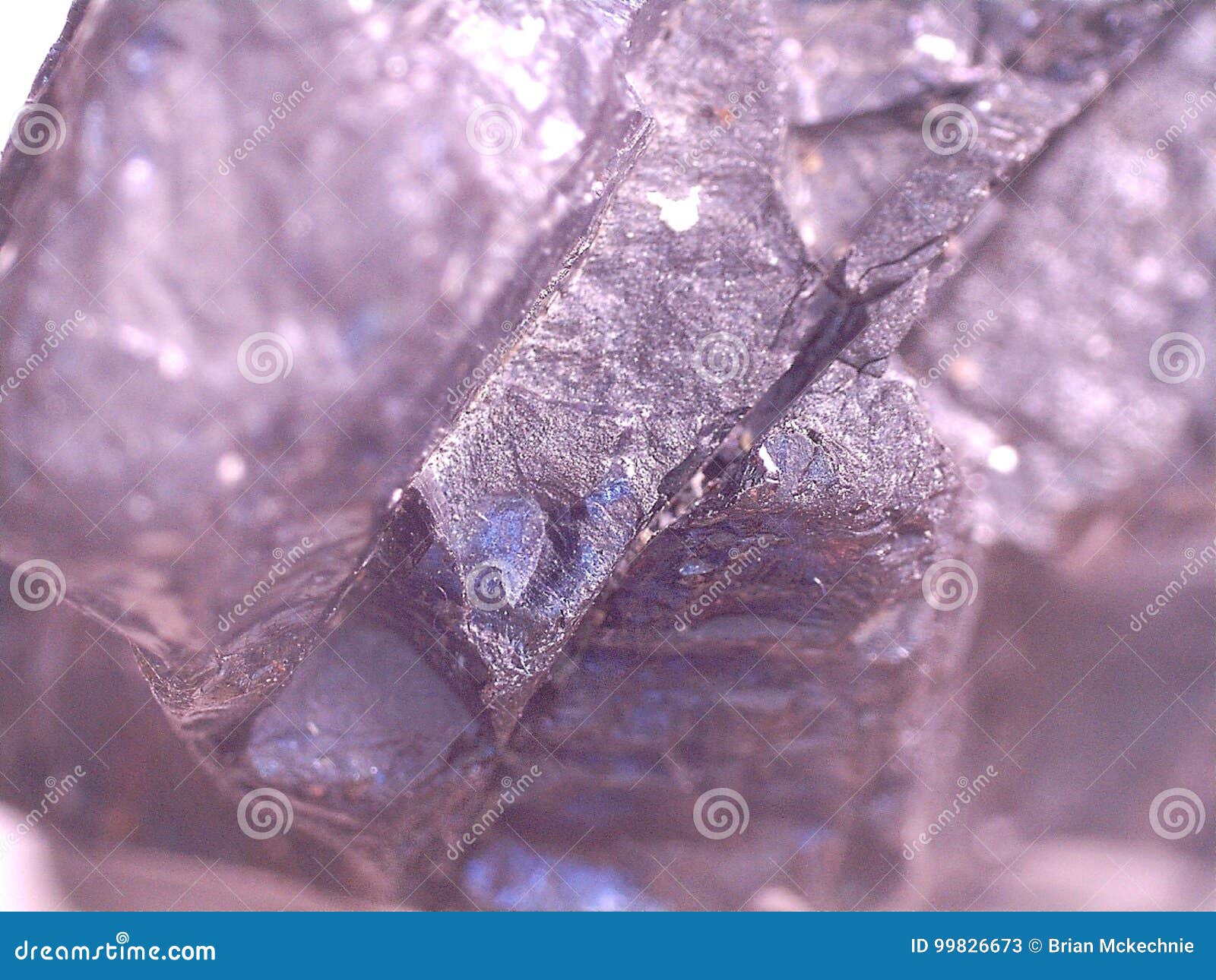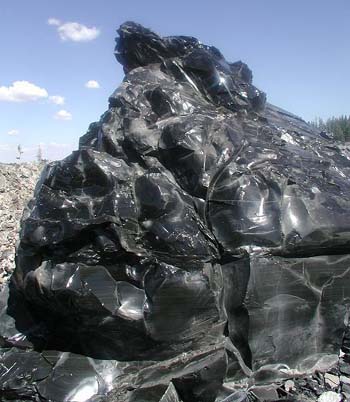
An iron atom is around 1.5 angstroms, so it is physically impossible for an iron tool to be as sharp as an obsidian flake. Again, as I eluded in the origional post, obsidian knife edges have been measured at 1 angstrom, which is 0.1nm, or roughly 1/250 millionth of an inch. Something slim like a razorblade will cut sooner, even though it may be duller, simply because the angle of the edge is smaller.įrom what I understand, true sharpness is the fine-ness of the edge, that is to say how pointy is the aris. You can have a very sharp edge, but that edge may be at 90 degrees, so by their testing methods, it would seem dull because they were pressing the edge into some kind of silicone rubber which will deform before being cut. '- Typical sharpness levels :- Razor blade 0.3 to 0.4N, Scalpel blade 0.4 to 0.6N, Utility razor blade 1.0 to 1.4N, kitchen knife ( new) 1.8 to 3 N, Hunting knife 1.9 to 3.5, Well worn blade 6.0 to 11.0'.I took a look at the description of the machine, and I think part of the problem with the design is that it does not take into account sharpening angle. Last edited by Caspar Hauser 12-06-2010 at 6:07 AM. I can however report that razor blades, modern scalpels, utility knives, chisels, lion trimmers etc will all slice you up a treat, scars to prove it etc. Where an 'Xacto' blade or indeed an historic scalpel fits in this scheme of things is at present a mystery.

So it would seem that a modern disposable scalpel blade isn't quite as sharp as a razor blade but is sharper than a utility knife blade. '- Typical sharpness levels :- Razor blade 0.3 to 0.4N, Scalpel blade 0.4 to 0.6N, Utility razor blade 1.0 to 1.4N, kitchen knife ( new) 1.8 to 3 N, Hunting knife 1.9 to 3.5, Well worn blade 6.0 to 11.0'. I have no idea how many units of what describe actual sharpness, but the machines manufacturers report Now I know that some of you have electron microscopes next to your stones, does anyone have one of these? PeterY'know, maybe you should have a word with Rob Lee. Take care and enjoy good quality steel in your tools! On the plastic handle disposable ones: the balance is crappy and they are more expensive than the loose blades. Scalpels are quite close to a new craft knife blade. most of us know first hand (usually left hand ) how easy it is to cut yourself. On the sharpness issue, yep you can get your tools as sharp as scalpels if your technique is good. It would be rather off to get up to hone them. For some surgeries I'll use upto 15 scalpels (blades actually as the metal handles are resterilizable), some of them give up after one incision (TRULY "one-use-only" disposable ).Īcceptable edge life is probably about 3 minutes in hand surgery. (Or if you must, be VERY careful).Īnother point is as resterilizing is unacceptable for blades price constraints limit the quality of the steel so "surgical steel" can actually suck big time. I'm planning on following it with a strop, which is supposed to be approximately 16,000 grit.
#OBSIDIAN SCALPEL ELECTRON MICROSCOPE PRO#
$70 for an 8 x 3 x 1 Hall's Pro Edge Surgical Black, free shipping, FWIW. The best deal I found was at a chef's knife place, Chef Knives to Go.

The grain appears to be very uniform, and the stone came flat, but I haven't had a chance to use it yet. I've just recently gotten one of those stones BTW. As I recall, they have special surgical gouges and chisels for digging around in abscesses, knee and hip replacements, and other fun stuff. I've been on an oil stone exploration lately, and the explanation I've gotten for "surgical" on some of the oil stones is that they are used by people who process surgical equipment for dentists and orthopedic surgeons, etc. Theoretically, I don't see why someone couldn't use a scalpel blade for whittling, though they are a bit thin, and any high-carbon steel could be sharpened to progressively higher grits to a point where you could shave with them, make an incision, or carve a figurehead out of wood. I don't know what kind of steel they were, but they were perfect for cutting soft tissue.

The former were for regular use, the latter were for surgeons who had special handles, as I recall. Some came with plastic handles, some came only as blades. The blades we had came in about a total of ten styles/sizes. I used to be in medical supply, and we supplied scalpels and scalpel blades to the hospital.


 0 kommentar(er)
0 kommentar(er)
